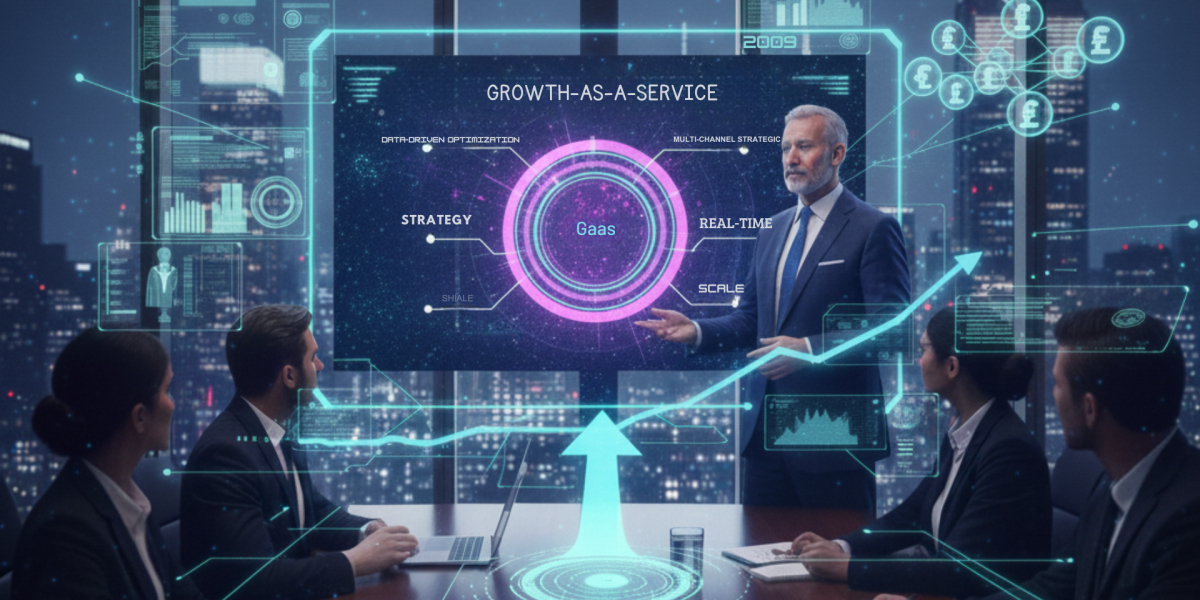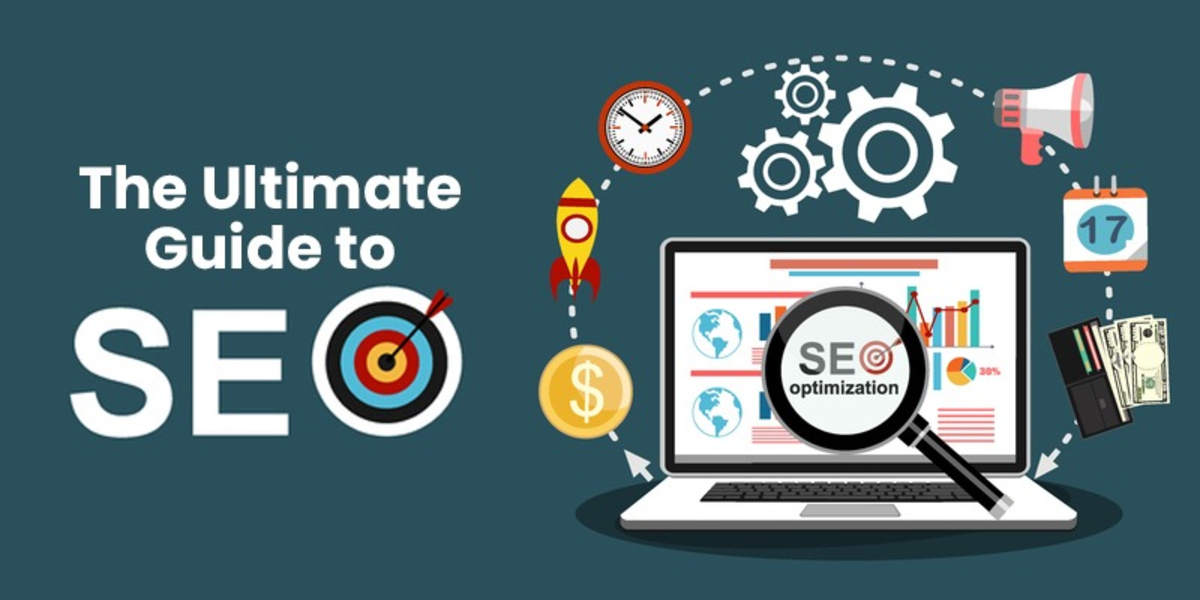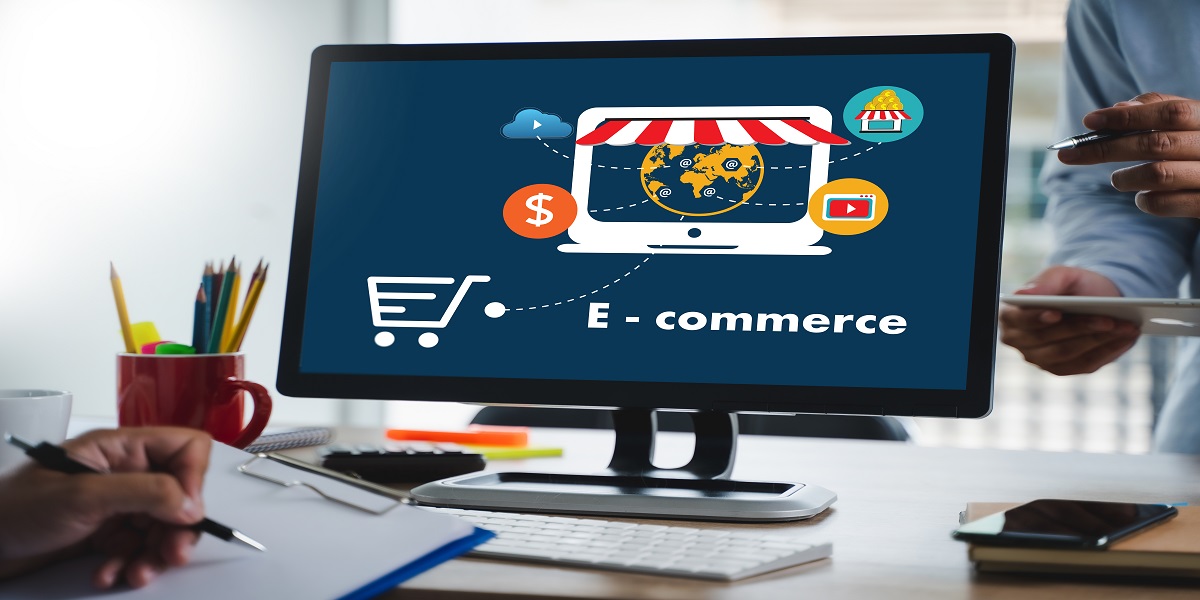How to Use SEO to Build a Customer Experience That Converts
SEO | 25-02-2025 | Vidhatanand

SEO is the driving force behind every business operating in the web marketplace. It is not enough to be listed among search engines; a business site must also serve the needs of its consumers. The objective of SEO is not simply to achieve a higher search engine ranking, but to create a continuous journey for users eventually leading them to purchase or take action. SEO is now regarded as a marketer's, salesperson's, and business leader's ally with respect to the customer experience, driving the growth engine. This blog will give actionable insights with a step-by-step breakdown of how SEO can be put into developing a customer-focused journey that not only ranks well but also converts.
1. Understanding the Connection Between SEO and Customer Experience
Having established the importance of SEO within the development of any business, let’s move on to understanding how it relates to customer experience (CX).
SEO and customer experience are actually very closely related, and to a much greater degree than one might believe. Most people think SEO can only be equated to being found by their customers in what they offer. The breadth of SEO is seen in how well it matches user needs or demands according to the search intent. Specificity is what a search query aims for: an answer to a question, a solution to a problem, or-a product to buy. That is why when you optimize your site for this intent, you make it very relevant and interesting for visitors; that, in turn, will bring traffic, engagement and, ultimately, conversions.
HubSpot, in their study, revealed that more than 75% of users would not scroll beyond the initial search results page. This underscores the importance of being among the top ranks and writing your content in a direct relationship with what users are after. If your business doesn't show up at the very place where customers go searching, then you definitely miss out on a whole lot of opportunities.
For instance, Airbnb. The synergy between the site's SEO and user intent is very strong. So when someone searches for something like "unique stays" and "affordable vacation rentals," the site will bring in exactly the type of users who are looking for what they're offering, and there's no gap at all between their intention and the page they're on. This seamless experience, enhanced by a strong SEO play, can grab the online audience and convert them into customers. This is true SEO in customer experience, fulfilling and even surpassing customer expectations
Having established that SEO has to be in sync with user intent, let's shift gears and talk about ways in which you can optimize for different types of search intent to bring in even more engagement and conversion. With a solid understanding of search intent, you can provide for the user’s needs at each level along their journey toward becoming a loyal shopper instead of just a fleeting visitor to your site.
2. Optimizing for User Intent to Drive Engagement
It is vital to understand the concept of search intent because it enables one to target users at different stages of the funnel, thus leading to increased conversion rates.
When categorizing the search intent, there are four types that are most important: informational, navigational, transactional, and commercial. Each type of intent is a stage in the customer’s decision making process , and by addressing them, you lead users through the funnel.
Informational Intent
Informational Intent refers to the case where users search for information to satisfy their curiosities or to solve their problem. These users are still in the research phase and are not yet ready to buy a product. To target this intent, it is recommended to use features such as Google’s “People Also Ask” to search for the questions that are most frequently asked and to determine whether you are missing any opportunities to answer them. By providing specific and highly informative content to these questions, one can provide information that establishes the brand upon which the content is posted as authoritative. This not only helps to involve users but also creates trust, which will encourage them to come back once they are ready to proceed further. For instance, Shopify’s blog is an example of informational intent that guides its readers with articles such as ‘How to start an online store’ which naturally leads the reader to Shopify.
Navigational Intent
Navigational Intent is when users search for a specific website or page. It may be someone searching for your name or a product page they have seen before. To optimize for navigational intent, ensure a coherent structure in your website and that your branding is consistent in all online channels. Clear menus and internal links allow people to find their way quickly in terms of what they want or would need right on your website. Easy navigation is one of the important aspects along with the quick ability for users to get to the page they need without any bother to them. This definitely improves their overall experience.
Transactional Intent
Transactional intent is when users are ready to purchase or perform any other action. These users have already formed a strong opinion regarding what they are in need of and are in search of completing the transaction step. At this stage, your product or service pages should have optimized calls to action that can inform potential customers about what they should do next. It is also advisable to reduce any possible friction in the buying process by using simple-to-fill forms or considering several payment methods. The easier and faster you make the purchase process, the more likely users will be to convert.
Commercial Intent
Commercial Intent pertains to users who are in the consideration phases. This means that they are comparing products with a view to purchasing one of them. It may be that the users are not ready to purchase yet; they are in the process of evaluating products and services and deciding which one best fits their needs. Content targeting commercial intent should showcase the unique selling points of the product and demonstrate how it stands out from competitors. Comparisons, customer reviews, and case studies are also persuasive, helping a user to make his decisions, and which leads to higher conversion rates.
3. Leveraging On-Page SEO to Enhance Usability
After discussing the necessity of targeting search intent for optimization, we can now start talking about how on-page SEO can address the improvement of usability on your website. On-page SEO is vital to the process because it not only assists in enhancing your search rankings but almost directly improves user experience. Putting all of these elements such as title tags, meta descriptions, headers, and internal linking to use, makes for not only a more search engine-friendly site but also a more user-friendly site.
Title tags
Title tags are among the first things users see in search results, so they need to be informative and enticing. In the context of creating a customer experience that converts, title tags need to contain relevant keywords and promise value. For instance, if one sells SaaS solutions to increase team productivity, one could put title tags like, "Increase Your Team's Productivity with Our Time-Tracking Software." This not only acts as a beacon to attract users but also sets a clear expectation of what lies behind your page. Well-optimized title tags not only drive traffic your way but also create an excellent first impression on user-sustained visits.
Meta descriptions
Meta descriptions are the little snippets of text that sit below your title tag in search results providing a brief overview of the content of your page. They won't directly affect your ranking, but instead play an important role in driving clicks. An enticing meta description would promise value to the user on the page while incorporating important terms that resonate with the specific target audience. For example: if your page shows how to improve employee efficiency, a meta description like "Discover top strategies to boost team productivity and streamline workflows with our software" would entice users to click and explore more.
Headers
Moving on to headers, i.e., H1, H2, and H3, are used to structure your content and give signals to the search engines and users about what a page is about. Clear and orderly headers make it easier for users to navigate through the content, while they also enable search engines to understand the context of your page better. For example, an H1 like "Maximize Your Team's Efficiency With These Tools" with H2s like "Top Features of Our Software" and "How Our Tool Saves You Time" would guide users naturally through the content, improving readability and engagement on the one hand.
Page speed
Lastly, page speed is really important for reducing bounce rates and optimizing the overall user experience. Studies have shown that pages that load in 1 second can get conversion rates up to 3 times that of those that take 5 seconds to load. A fast website guarantees that users will stick around longer with a higher likelihood of converting. In a nutshell, you will improve your site's load time through image compression, reducing server response time, and leveraging browser caching for an optimal experience for your visitors.
When these on-page SEO factors are properly optimized you will be able to enhance website usability and the experience visitors have when they are on your website as well as see an increase in the traffic from the search engine results pages. This is all about improving the usability of your site, its speed, and simplifying the experience of a user who enters it and navigates through it.
4. Building Trust with SEO-Driven Content
Next, we will turn to building trust through SEO content which is a critical strategy when designing an online experience that attracts visitors and converts them into loyal customers. This is a critical section given that amid the importance of search engine optimization, it is equally important to ensure the presented content builds credibility and trust with viewers. The trust factor is very important as first it is the basis of each relationship and secondly, when it comes to online experiences, it plays quite a major role in guiding users to make decisions whether that is related to signing up for your product, purchasing or continuing engagement.
When we talk about trust in SEO, it is not just about being on top of the results in a search engine; rather, it spans a wider arena and context of creating content that resonates with the audience with authority, expertise, and genuine understanding of one's needs. It is where E-E-A-T comes into place (Experience, Expertise, Authority, and Trustworthiness), and we will see how it builds a strong SEO strategy: attracting traffic and nurturing relationships with customers over the long haul.
The Role of E-E-A-T in SEO and Customer Experience
E-E-A-T means Experience, Expertise, Authority, and Trustworthiness. This is something that Google looks for when ranking your content. It is now about more than just keywords and backlinks; more of showing the audience that he is the authority in whatever he is doing and that they should trust your brand. For SaaS companies, this means putting out content that is not only relevant, but that also stands on facts, data, and clear expertise. For example, case studies, white papers, testimonials from credible sources impart considerable authority to the respective content.
The Power of High-Quality Content
High-quality content is one of the basis for gaining trust over the internet. It does not involve penning down any blog or article; it rather means creating something that really helps your users. Be it solving their queries, providing insights, or taking pain points away, your content has to be more than a space-filler-it has to provide value. When your audience finds a solution to their problems, they start viewing your brand as an authority. Eventually, they trust your brand more, which can lead to increased conversion at a later stage.
Web Personalization: Enhancing Customer Experience with Relevant Content
We talked earlier in the blog about search intent optimization, but web personalization adds another level of relevance here. Personalizing content means tailoring it in real-time according to the behavior, preferences, and interaction of that individual. This adds a touch of customization and, therefore, a degree of trust to the experience. For example, if a repeat visitor lands on your site to see content or offers that are in line with their previous action, they become more likely to engage and convert.
By using many of the personalization tools, including Fragmatic, that can create tailored landing pages, one may enhance credibility with the visitors. These tools boost engagement metrics like time on page and conversion rates, thus favorably affecting SEO since they reduce bounce rates and increase dwell time. These two are important indicators of website quality to search engines.
Real-World Example: Netflix’s Personalization Strategy
One of the best examples for web personalization in practice is Netflix, where content recommendations are customized for each user according to their watch history. With increasing engagement, the recommendations are more relevant, keeping the user engaged and reducing churn. Personalization techniques can likewise be used by SaaS companies to guide customers on a journey or process towards engagement while enriching the customer experience and building trust, thereby also increasing conversion rates.
By offering premium-quality content together with personalized experiences, it is a tremendous equation for creating customer trust which will definitely boost your SEO performance. When users trust your brand as being relevant to them, they are more likely to spend time, interact on that content, and convert, thereby improving customer experience and your overall SEO strategy.
5. Measuring SEO Success Through CX Metrics
When assessing if your SEO campaign is effective in attaining its goal, pay more attention to objectives that will specifically show how your actions have influenced the customer. Organic traffic growth is the measure of your SEO to attract the right visitors, but time on page and bounce rates reveal whether people get involved with the content. The best one is the conversion rates from organic search, as they have figures on how exactly SEO contributes to the main objectives of businesses, such as sign-ups or sales.
To track such metrics Google Analytics and Search Console could be used. These two tools can efficiently track all the metrics mentioned above in order to provide very useful insights into traffic and user behavior. In addition, web personalization tools like Fragmatic can tailor the content to user behavior, boosting engagement with the web. Additionally Heatmaps can be used to show how users are interacting with your site and help optimize your content for the best results. Tracking the mentioned metrics is of utmost importance to ensure that your SEO strategy is enhancing customer experiences and generating measurable impact on the business, especially after the 2023 BrightEdge report stating that organic search drives 53% traffic to websites.
Conclusion.
The integration of SEO into customer-focused strategies is not only desirable but mandatory. It's not only about ranking higher; it's about creating a process that repeatedly leads users to the expected outcome. By creating a user experience through aligning with the important search queries, enhancing web page features, winning user trust with quality content, and using personalization techniques, one secures engagement in sales. There is no doubt that in today's environment, customers' experiences and SEO are intertwined to put a business at the top. Concentrating on key CX metrics will help determine whether or not your SEO is really fostering an improved user experience and adding value to your business.



.jpg)

.jpg)
.jpg)
.jpg)
.jpg)
.jpg)
